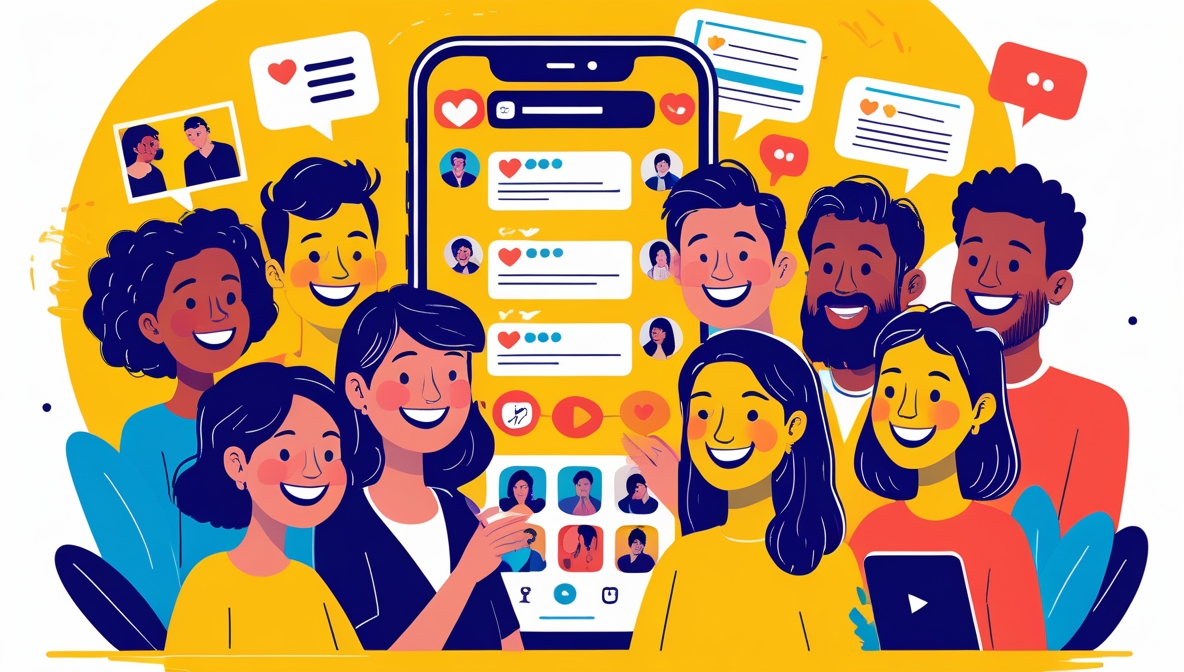
Maximizing User-Generated Content in Marketing Strategies
User-generated content (UGC) is more than just a buzzword in marketing—it’s a powerhouse. From social media […]
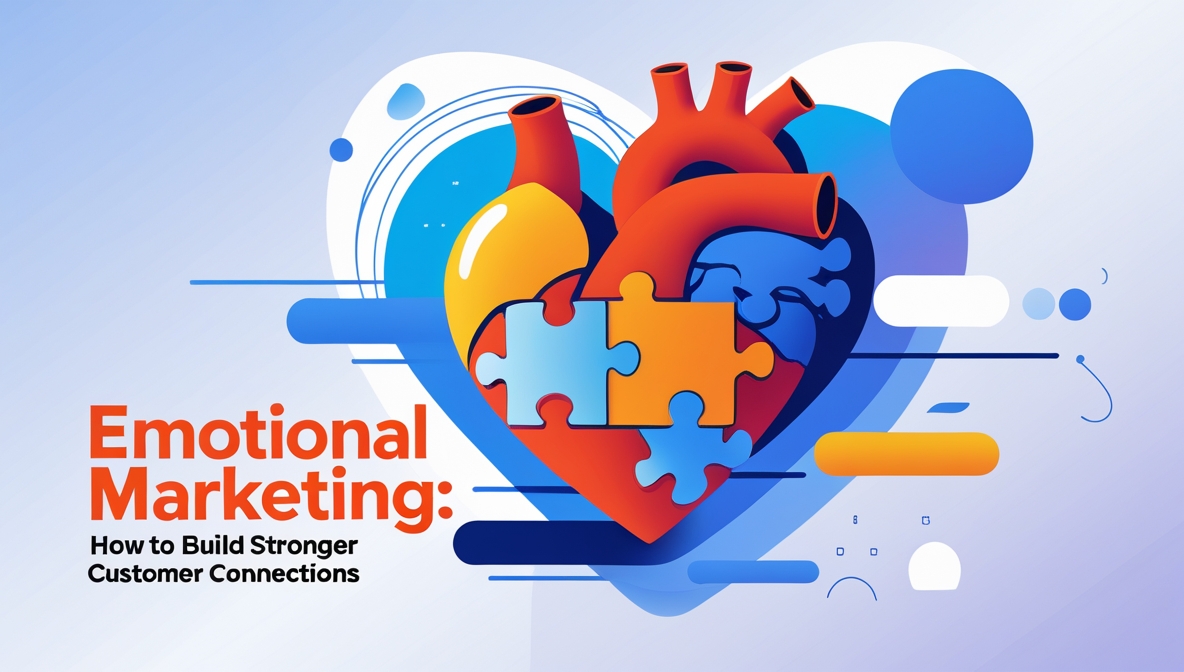
Emotional Marketing: How to Build Stronger Customer Connections
Have you ever felt a strong emotional bond with a brand or product, even if it […]

How to Measure the ROI of Your Marketing Campaigns
Marketing is a powerful tool, but how do you know if it’s really working? Many businesses […]
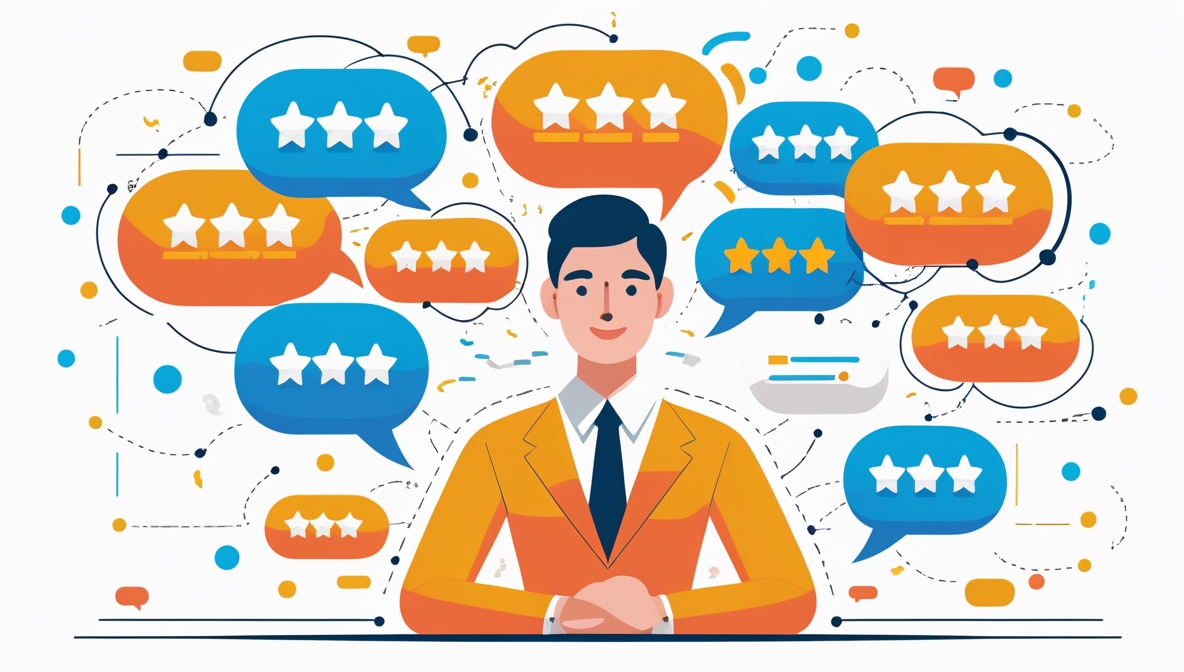
The Role of Customer Feedback in Strengthening Brand Loyalty
It’s no secret that businesses live and die by their customers. But what if the secret […]
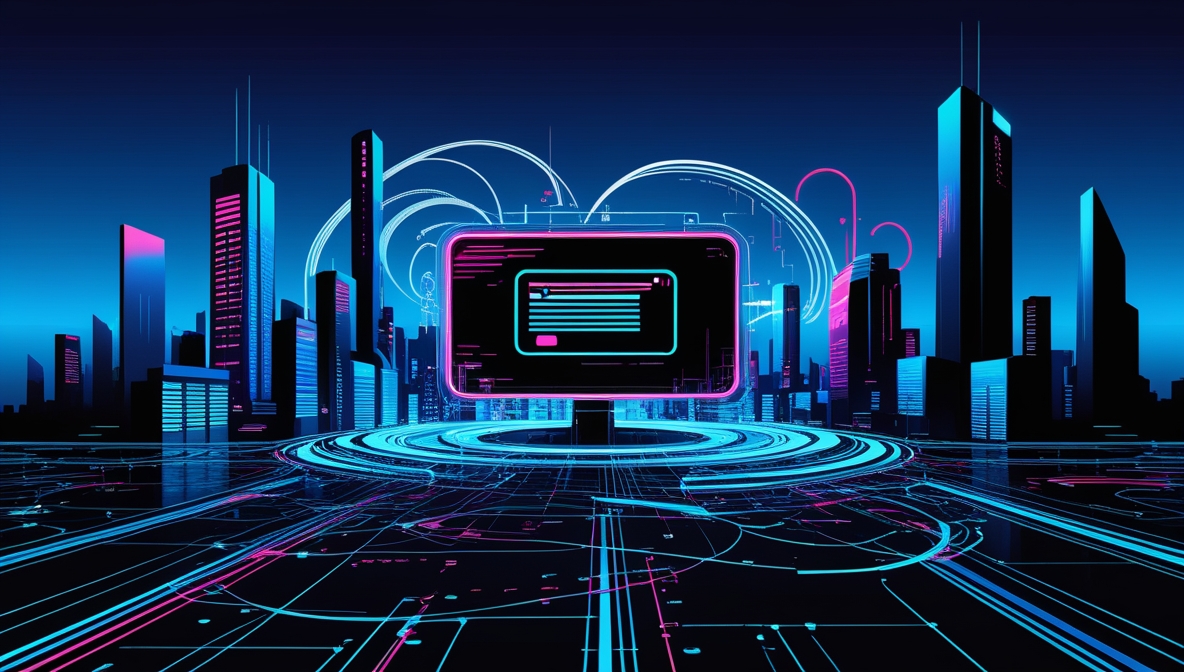
Optimizing Digital Ads for Faster Load Times and Better Performance
In the blink of an eye, your potential customers can lose interest. Digital ads that take […]
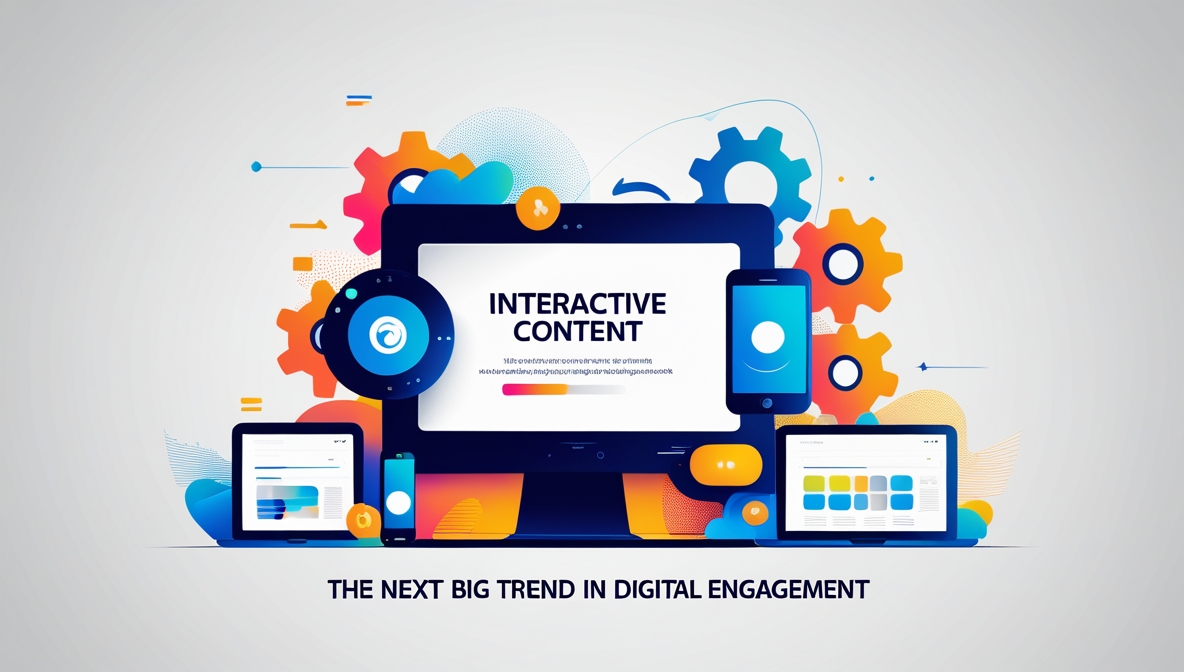
Interactive Content: The Next Big Trend in Digital Engagement
Did you know that people spend more time engaging with interactive content than passive content? Interactive […]
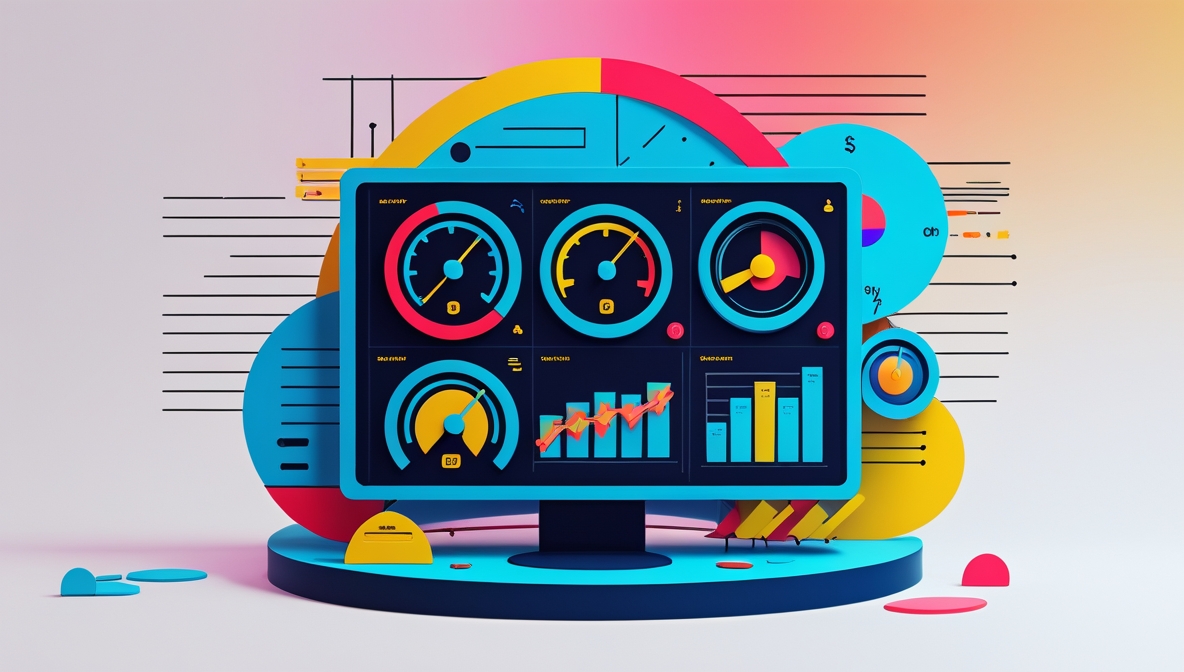
Key Marketing Metrics Every Business Should Track
Marketing is often the lifeblood of a business, but tracking success isn’t always as clear-cut as […]

The Psychology of Consumer Behavior: What Drives Buying Decisions?
We make hundreds of decisions every day. Some are simple, like what to eat or what […]
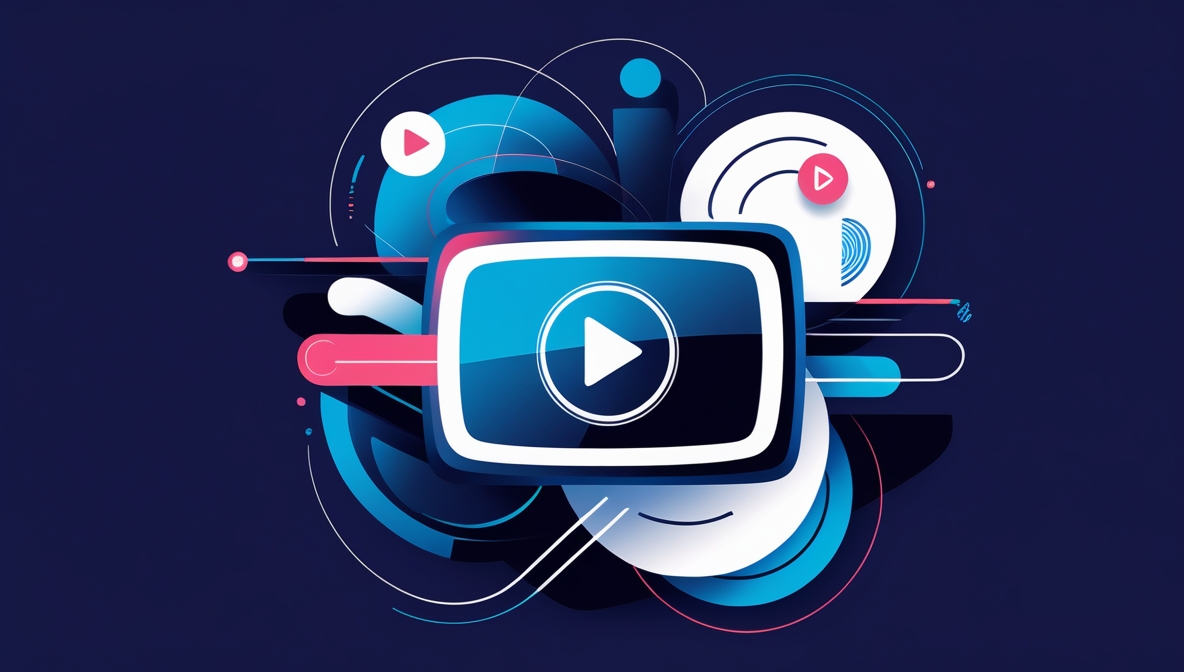
The Future of Video Marketing: Trends to Watch
Video marketing isn’t just a passing trend. It’s the future of communication, shaping how brands connect […]
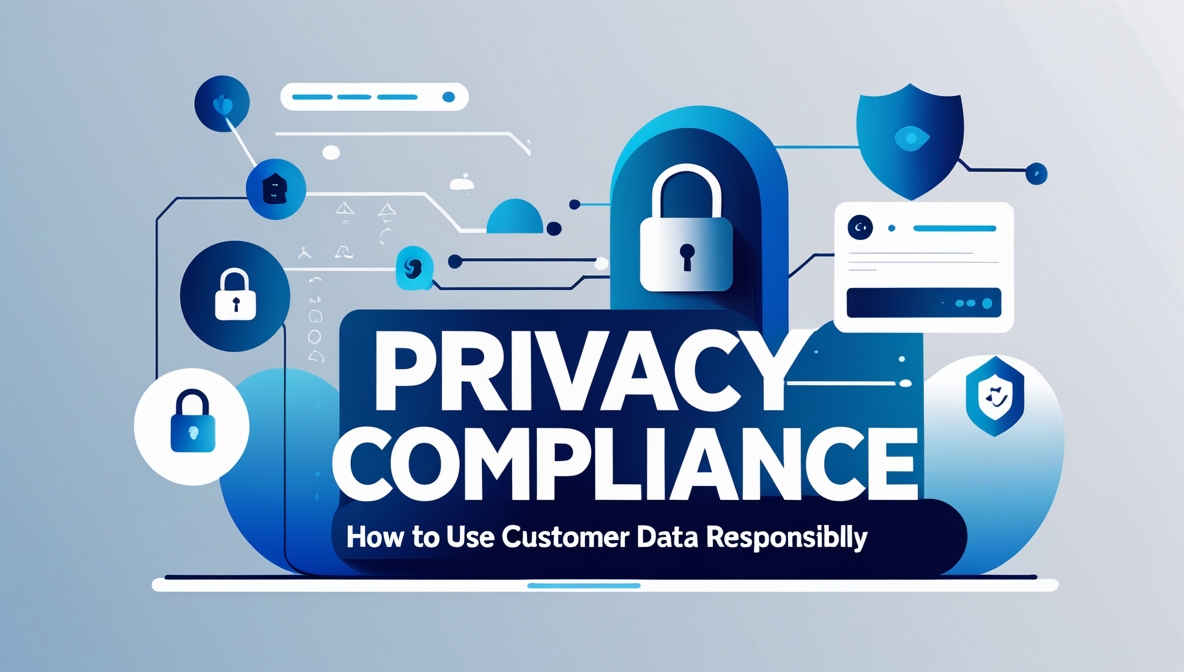
Data Privacy Compliance: How to Use Customer Data Responsibly
There’s a reason why companies are now paying more attention to data privacy. In the past, […]
